Big cats are among the most majestic and powerful creatures in the animal kingdom, known for their awe-inspiring strength and striking beauty. However, what truly sets them apart is their remarkable capacity to adapt and thrive in some of the world’s harshest climates. From the icy tundras to arid deserts, big cats have developed an impressive array of strategies to survive and flourish in diverse environments. This article explores seven fascinating ways these magnificent animals have adapted to extreme conditions, offering a glimpse into their resilience and adaptability.
1. Thick Fur Coats for Cold Climates
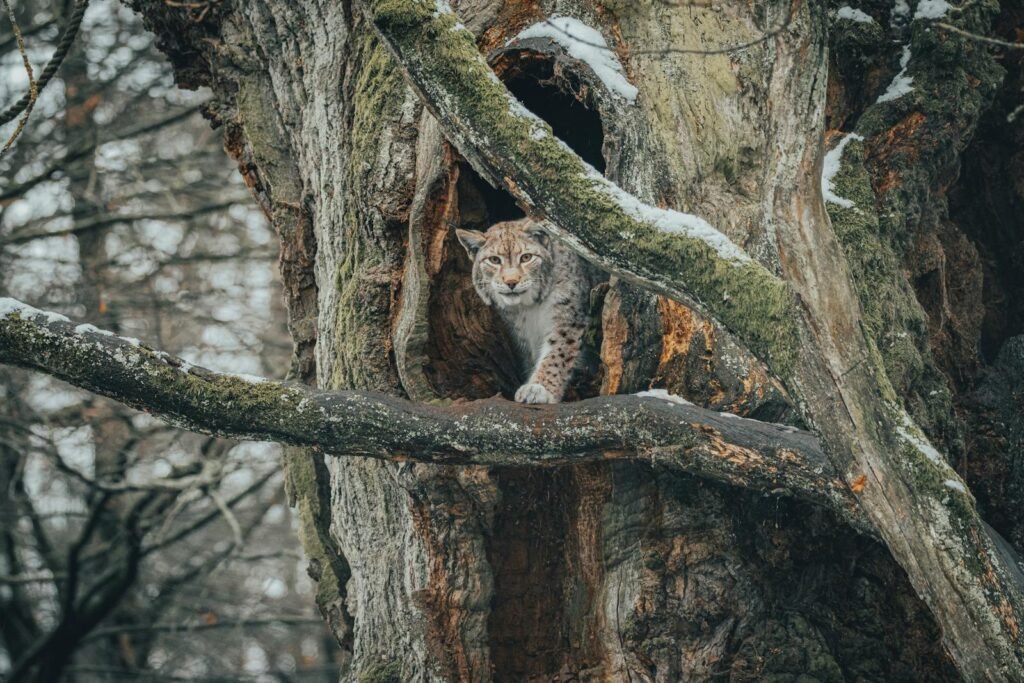
Lynxes and snow leopards dwell in frigid environments where temperatures can plummet to dangerous lows. To keep warm, these big cats boast thick, insulating fur coats. Snow leopards, for example, possess dense, long fur that covers not only their bodies but also their tails, which they can wrap around themselves like a scarf when resting, providing additional warmth. Their fur also has a bushy underlayer that traps heat close to their bodies, ensuring they remain snug even in the coldest weather.
2. Heat Management for Desert Survival
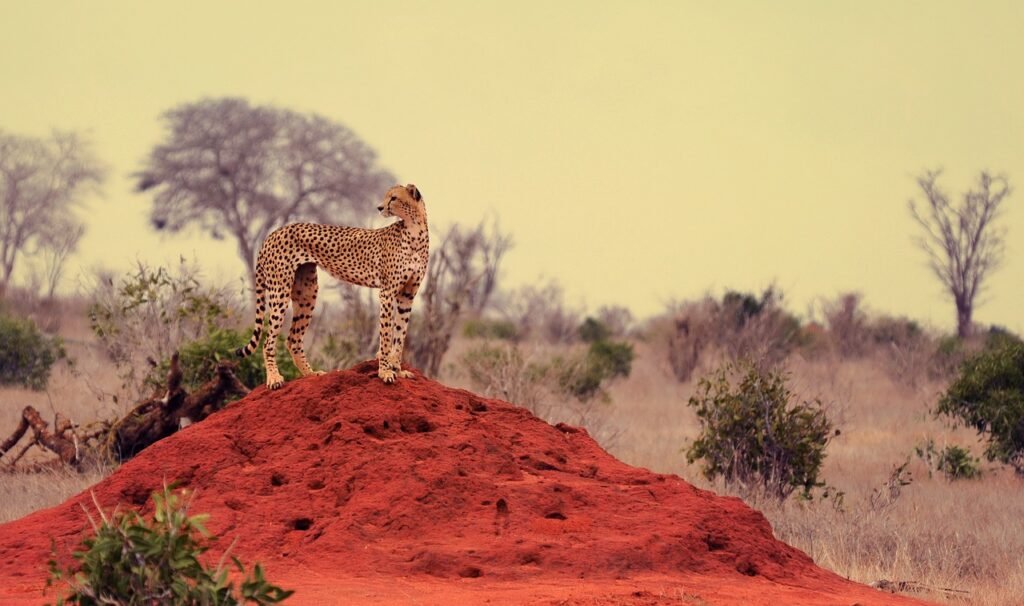
In stark contrast, big cats like the African cheetah have honed their abilities to withstand high temperatures. These desert-dwellers are equipped with short, sleek fur that prevents overheating while allowing swift movement. Additionally, their light-colored coats reflect the sun’s rays, reducing heat absorption. During the sweltering days, cheetahs also conserve energy by hunting at dawn or dusk, avoiding the most intense heat to prevent dehydration.
3. Camouflage for Effective Hunting
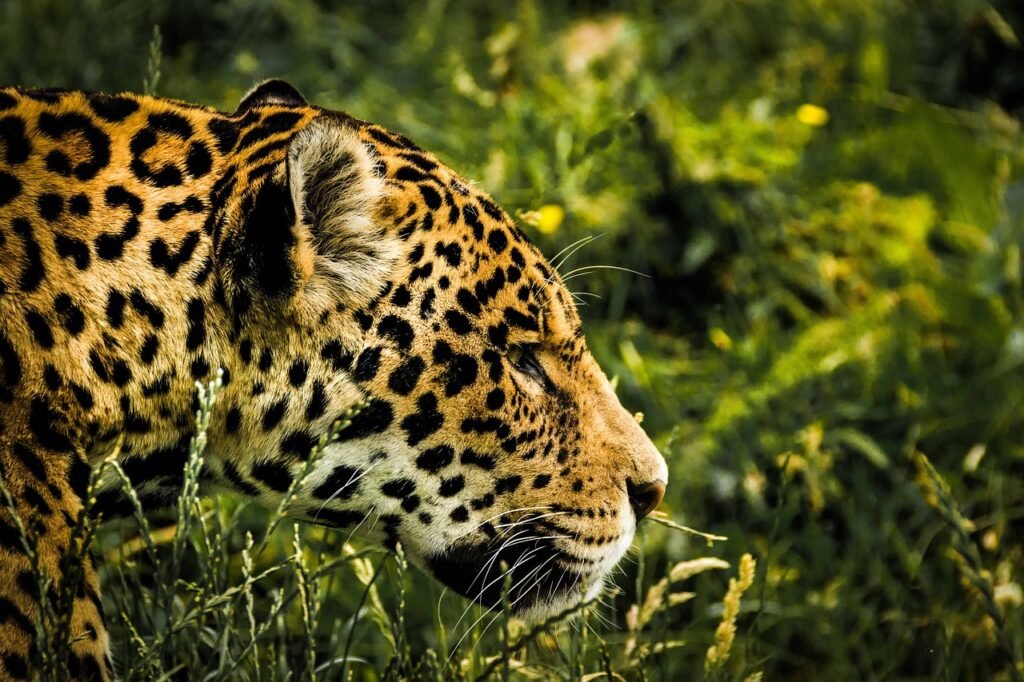
Big cats are expert hunters, and their survival often hinges on their ability to blend seamlessly with their surroundings. For instance, the tawny coat of a lion mirrors the savanna’s golden grasses, allowing it to stalk prey unnoticed. Similarly, the rosettes on a jaguar’s coat mimic the dappled sunlight filtering through the canopy of their rainforest habitat, providing near-perfect camouflage. This natural stealth is crucial for ambushing prey and increases their chances of a successful hunt.
4. Exceptional Night Vision and Senses
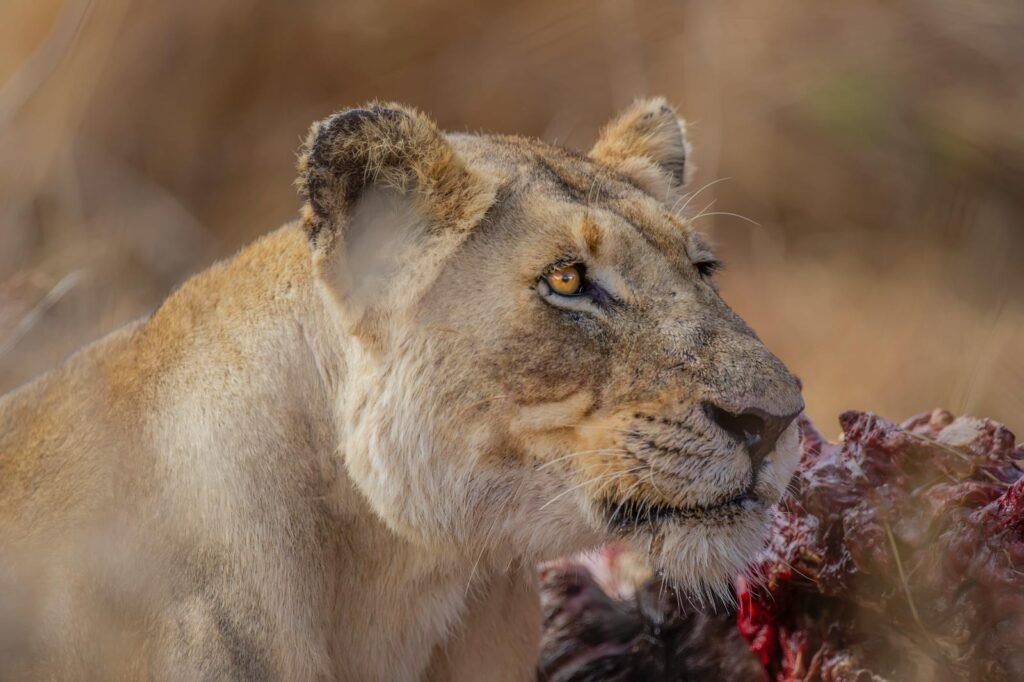
Many big cats, including tigers and leopards, have honed their nocturnal hunting skills, utilizing the cover of darkness to their advantage. Their eyes contain a high number of rod cells, which are sensitive to low light, granting them excellent night vision. Coupled with heightened senses of smell and hearing, these animals are formidable nighttime predators, able to detect even the faintest sounds and movements of potential prey.
5. Powerful Limbs and Retractable Claws
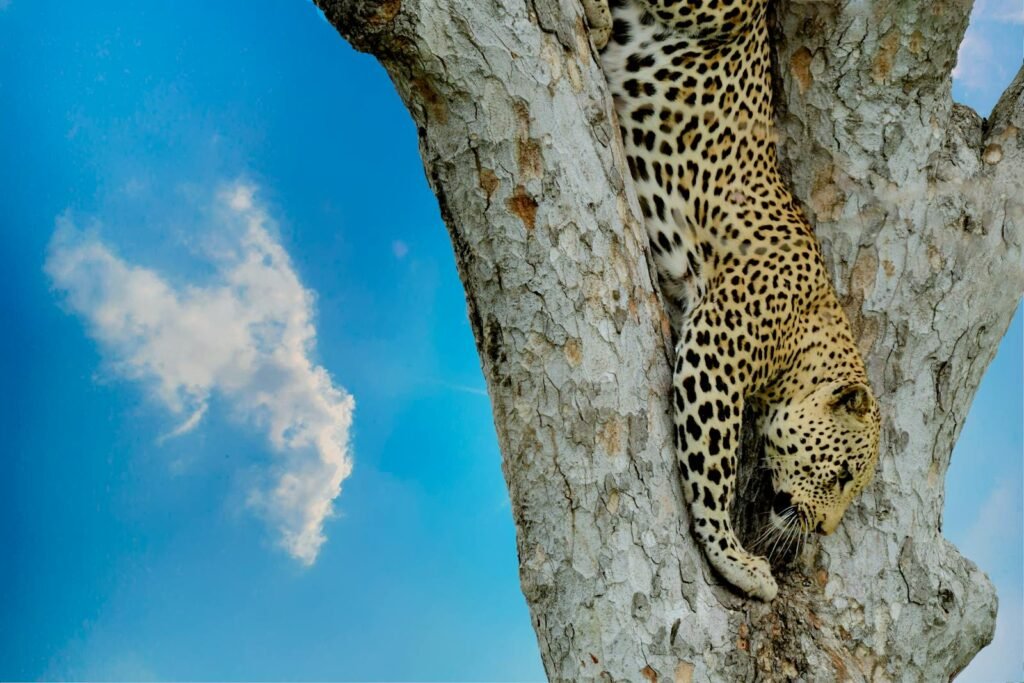
Adaptations in their bodily features further aid big cats in survivalists’ pursuits. Powerful limbs allow them to leap great distances and climb trees with ease, while retractable claws provide a stealthy advantage, staying sharp for hunting. For example, the leopard’s ability to drag prey into trees showcases the strength and versatility of their limbs and claws, keeping kills safe from scavengers.
6. Resourceful Water Conservation Tactics
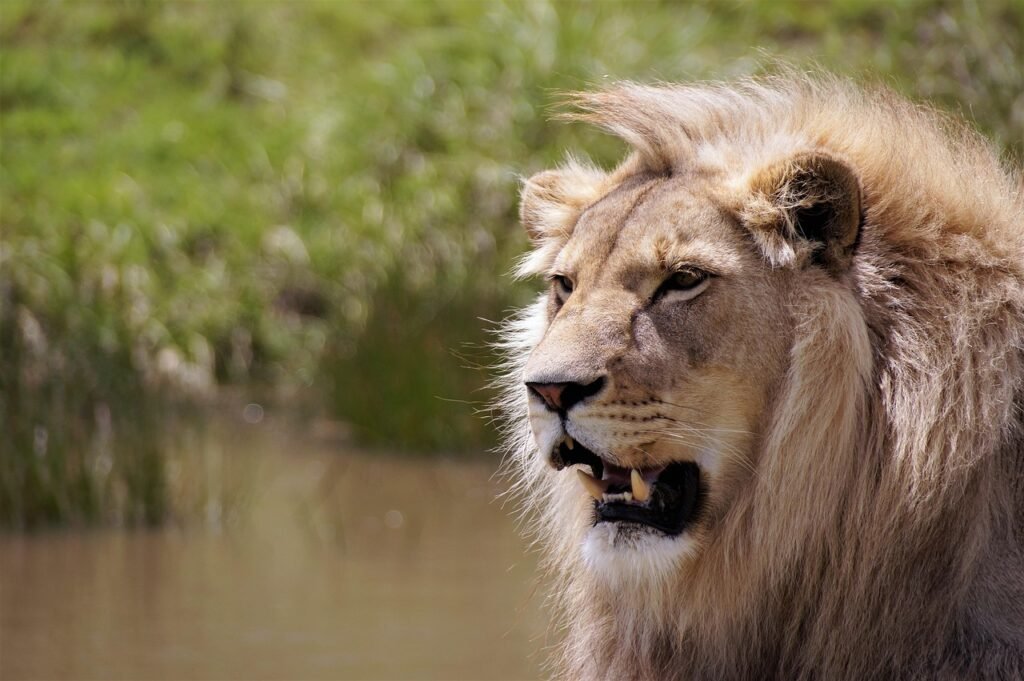
Big cats living in arid regions, such as the African lion, have adapted to cope with water scarcity. They can obtain moisture from the blood and flesh of their prey, reducing the need for direct water sources. Lions are known to rest during the day under the sparse shade to minimize water loss through perspiration. By optimizing their water usage, these big cats can survive in regions where water is a precious and limited resource.
7. Territorial Behavior for Resource Control
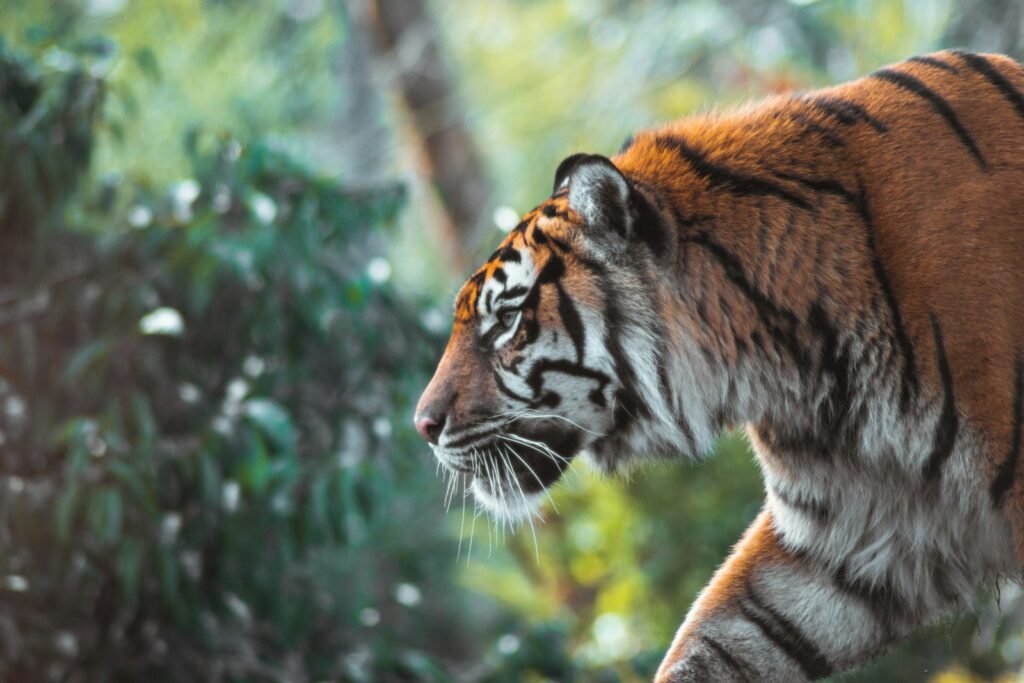
Survival in harsh climates often requires securing and defending territory rich in resources. Big cats are inherently territorial, marking and fiercely defending their domain from rivals. This behavior ensures they have exclusive access to vital resources such as food and water. For instance, tigers patrol vast territories, using scent markings and vocalizations to ward off intruders, effectively managing competition and securing their survival.
Conclusion
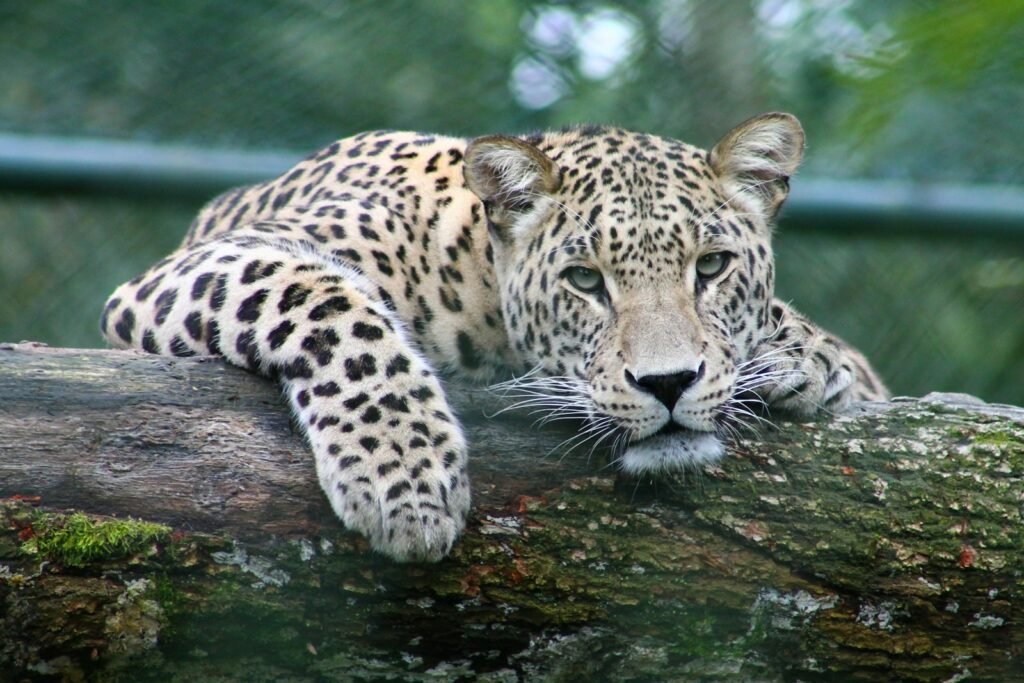
By adapting to their environments, big cats have evolved into some of the most resilient survivors in the animal kingdom. Through a combination of physical adaptations, behavioral strategies, and keen sensory abilities, these formidable predators continue to navigate and endure the challenges of harsh climates. Their remarkable capability to adapt not only highlights the strength and versatility of these majestic creatures but also underscores the importance of protecting their habitats to ensure their survival for generations to come.
Hi, I’m Bola, a passionate writer and creative strategist with a knack for crafting compelling content that educates, inspires, and connects. Over the years, I’ve honed my skills across various writing fields, including content creation, copywriting, online course development, and video scriptwriting.
When I’m not at my desk, you’ll find me exploring new ideas, reading books, or brainstorming creative ways to solve challenges. I believe that words have the power to transform, and I’m here to help you leverage that power for success.
Thanks for stopping by, Keep coming to this website to checkout new articles form me. You’d always love it!






